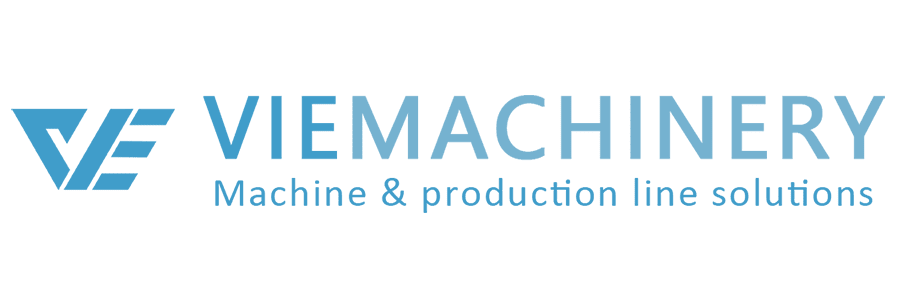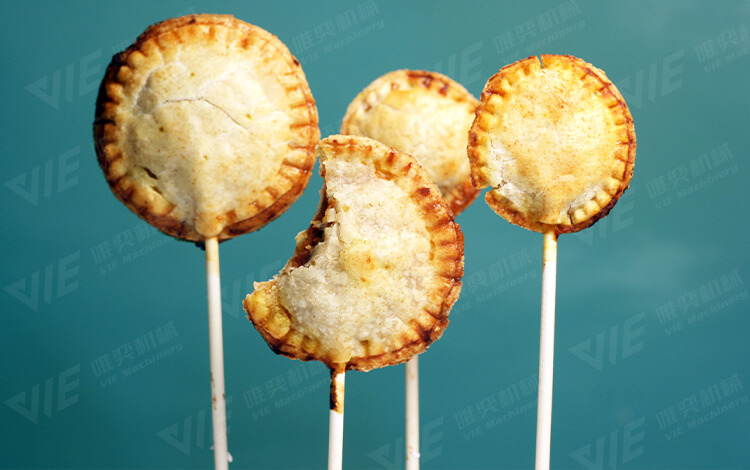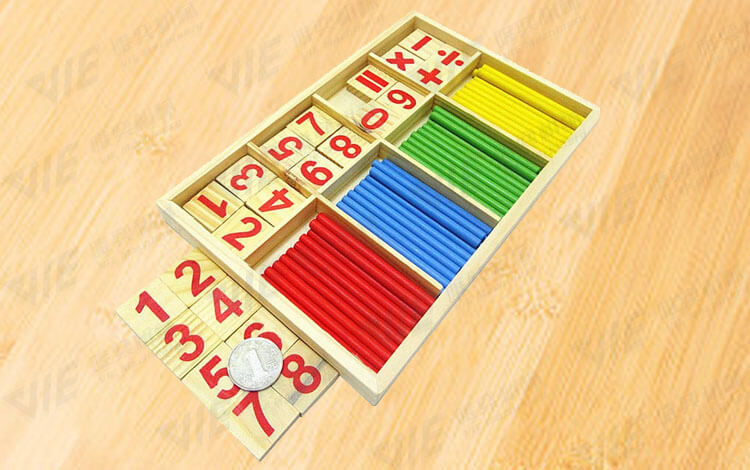Label printing is a crucial process for many industries, from food and beverage to pharmaceuticals and electronics. Understanding the different methods and steps involved in this process can help businesses choose the right approach for their needs. This guide provides a comprehensive overview of the label printing process, detailing various methods and the steps required to produce high-quality labels.
Label Printing Methods
There are several methods used in label printing, each with its own advantages and applications. The most common methods are digital printing, flexographic printing, and screen printing. Below, we will explore each method in detail.
Digital Printing
Digital printing is a versatile and cost-effective method, particularly for short runs and custom labels. It involves transferring digital images directly onto the label material using inkjet or laser printers. This method offers quick turnaround times and high-quality color reproduction.
Flexographic Printing
Flexographic printing, or flexo printing, is ideal for high-volume label production. It uses flexible relief plates and fast-drying inks to print on various substrates, including paper, plastic, and metallic films. An anilox roll is used to transfer ink to the plate, ensuring consistent ink application.
Screen Printing
Screen printing is known for its durability and vibrant colors. This method involves creating a stencil (or screen) and using it to apply layers of ink onto the label material. Screen printing is often used for labels that require high opacity and resistance to harsh environments.
Steps in the Label Printing Process
Regardless of the printing method, the label printing process generally follows a series of steps to ensure the final product meets quality standards. Here’s a step-by-step guide to the label printing process:
1. Artwork and Design
The process begins with creating the artwork and design for the label. This step involves graphic designers who work with the client to develop a design that meets their branding and functional requirements.
2. Pricing and Quotes
Once the design is finalized, the next step is obtaining pricing and quotes. Clients need to consider factors such as label material, printing method, and order quantity. It’s essential to compare quotes from different printing companies to find the best value.
3. Prepress
The prepress stage involves preparing the design files for printing. This includes checking the artwork for errors, adjusting colors, and ensuring the design fits the label dimensions. Proofs are often created for client approval before moving to the printing stage.
4. Printing
The actual printing process varies depending on the chosen method:
- In digital printing, the digital file is sent directly to the printer, which prints the labels on the selected material.
- In flexographic printing, the design is transferred onto flexible plates, which are mounted on the printing press. Ink is applied via the anilox roll, and the labels are printed as the material passes through the press.
- In screen printing, the design is applied to a stencil, which is then used to print multiple layers of ink onto the label material.
5. Finishing
Finishing involves adding any final touches to the labels, such as laminating for added durability or applying varnishes for a glossy or matte finish. This step enhances the label’s appearance and protects it from wear and tear.
6. Die-Cutting
Die-cutting is the process of cutting the printed labels into their desired shapes. This step uses a die (a specialized cutter) to ensure precise and consistent cuts for each label. Die-cutting is essential for creating custom-shaped labels.
7. Winding
The final step is winding the labels onto rolls or sheets for easy application. Labels can be wound in different directions, depending on how they will be applied to products. This step ensures the labels are ready for use in the production line.
Comparing Label Printing Methods
Choosing the best printing method depends on various factors, including budget, label quantity, and desired quality. Here’s a quick comparison of the three main methods:
- Digital Printing: Best for short runs and custom labels, offering quick turnaround times and high-quality color reproduction.
- Flexographic Printing: Ideal for high-volume production, providing consistent quality and suitability for various substrates.
- Screen Printing: Known for durability and vibrant colors, suitable for labels that need high opacity and resistance to harsh conditions.
FAQs
What is the most cost-effective label printing method?
Digital printing is often the most cost-effective for short runs and custom labels due to its lower setup costs and quick turnaround times.
How do I choose the right label material?
The choice of label material depends on the product’s application and environment. For example, waterproof labels are ideal for products exposed to moisture, while paper labels work well for dry, indoor conditions.
What is prepress in label printing?
Prepress involves preparing design files for printing, including checking for errors, adjusting colors, and creating proofs for client approval. This step ensures the final print meets quality standards.
How long does the label printing process take?
The duration of the label printing process varies depending on the complexity of the design, the printing method, and the order quantity. Digital printing typically offers the fastest turnaround times.
Can I print labels in different shapes?
Yes, die-cutting allows labels to be cut into custom shapes, ensuring they fit your product’s packaging perfectly.
Understanding the different methods and steps involved in the label printing process can help businesses make informed decisions and achieve high-quality results. Whether you opt for digital, flexographic, or screen printing, each method offers unique benefits to meet your specific needs.
By following the detailed steps outlined in this guide, you can ensure a smooth and efficient label printing process from design to the finished product. Don’t hesitate to reach out to professional printing companies for additional guidance and support.










